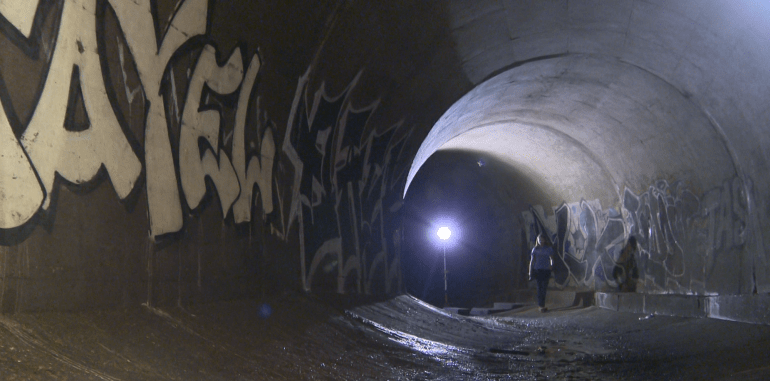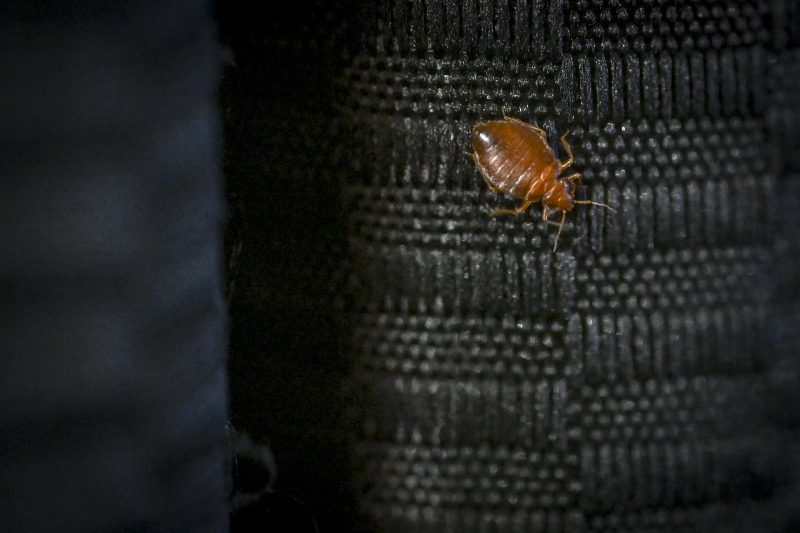St. Louis River System Revealed: Tunnels Critical for Wastewater

URGENT UPDATE: A hidden river system beneath St. Louis is becoming a focal point as authorities stress its importance for the city’s wastewater management. The River Des Peres, which runs more than 10 miles through the city, features a series of tunnels located over 30 feet underground. Recent tours reveal the critical role these tunnels play in managing stormwater and wastewater.
The River Des Peres was established in the 1890s, but by the early 1900s, it had turned into a dumping ground, leading to significant public health concerns, especially during the 1904 World’s Fair. St. Louis Metropolitan Sewer District (MSD) Senior Public Affairs Specialist Sean Stone highlighted the dire condition of the river at that time: “Wastewater treatment didn’t exist,” he stated, revealing how untreated sewage flowed directly into the river system.
As the city expanded, a more permanent solution was required. A series of tunnels, now known as the Forest Park Junction Chain, were constructed to contain the river and manage the waste effectively. “The city has a combined sewer system, meaning wastewater and stormwater share the same pipes,” Stone explained. This system channels waste to the Lemay Wastewater Treatment Plant.
Despite its name, MSD officials warn that the River Des Peres is not a recreational area. “This is an active wastewater system right now,” Stone cautioned. The mixture of household waste—including water from sinks, toilets, and washing machines—creates health risks, including harmful sewer gases. Heavy rainfall can cause water levels to surge dangerously within minutes, making the tunnels hazardous.
The engineering of this tunnel system was recognized as a National Historic Civil Engineering Landmark in 1988. Stone noted the remarkable techniques used to create these tunnels over a century ago: “They used steam shovels and manual labor to dig this trench.” Today, MSD employs modern methods, including giant tunnel boring machines, for new expansions.
Looking ahead, MSD plans to enhance the system with an additional 15 to 16 miles of tunnels set to go as deep as 250 feet underground. This expansion aims to accommodate future wastewater needs and could add approximately 300 million gallons of capacity to the River Des Peres system by the late 2030s.
As the city continues to grapple with infrastructure challenges, the importance of this hidden river system is more critical than ever. The developments surrounding the River Des Peres serve as a reminder of the ongoing efforts to maintain public health and safety in urban environments. Residents are urged to stay informed about the changes and the significant role this underground system plays in their daily lives.






